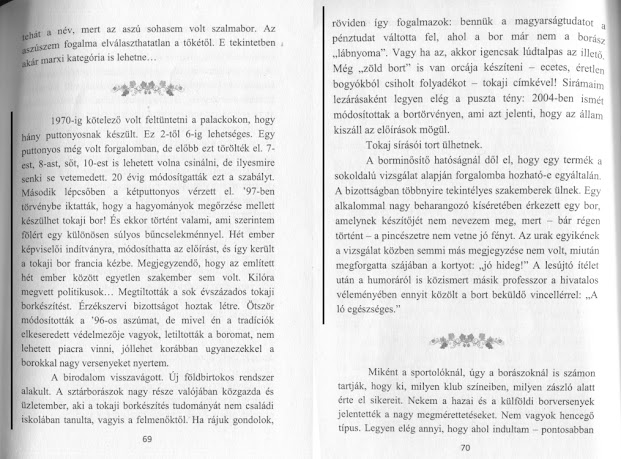new references - exercise

https://www.figma.com/file/8F0itDl3hJJNQB3Kd31A4X/?node-id=0%3A1 With short exercises I try to analyze the newly updated project references to build the positioning of my own work. -> 1. what's missing here? -> 2. what's the speculation? (Surrounding, social context...) -> 3. what do they answer? -> 4. going bit deeper -> what/how do they sense? Schwartzman, M. (2011). See yourself sensing : redefining human perception. Black Dog. With the idea of embodiment in mind and as the title suggests, a reorientation, exploration of the topic of human sensing is explored. Schwartzman embraces the notion of cybernetics but in a more nearer, tangible speculative future i. e. a lot of featured projects take elements and approaches from DIY culture. They see feasible but nonetheless pushing the boundaries of what we understand as the human sensorial experience in conjunction with our bodies and surroundings. -> 1. what's missing here? M...



